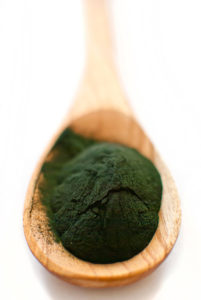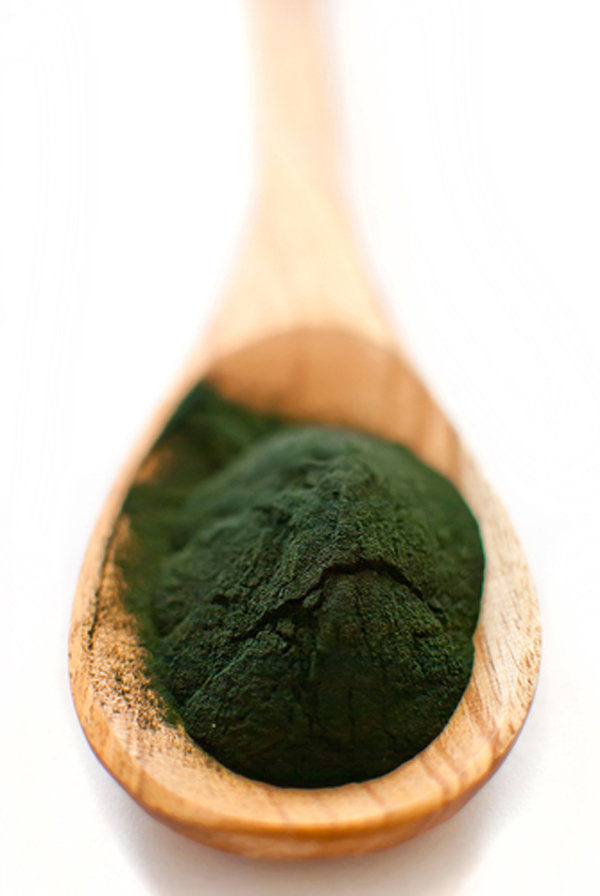
If I thought kale was the token superfood of the last decade, I was wrong.
My attention has recently turned to ancient nutrient-dense oceanic algae. Spirulina and chlorella are the two primary strains sold as dietary supplements and whole food supplements. Available in capsule, tablet, flake or powdered form, the benefits of algae spread far and wide both to the plant kingdom and to us humans.
What is algae?
Considered to be the oldest plants in existance, algae release oxygen as they grow and capture carbon dioxide out of the air. Historically, algae released enough oxygen for other plants to grow, and continues to provide most of the oxygen on earth. Out of the 15,000 strains of algae, almost all of them are poisonous, which is why harvested algae are grown under very strict conditions.
Nutrients and Benefits
Spirulina is an energy-producing blue-green algae that is technically a bacteria because it does not have a nucleus or cellulose wall. This helps it get absorbed into the body almost instantly.
Chlorella is a green algae that has the hardest cellulose wall in the plant kingdom, requiring it to be cracked before it can be consumed. It is not absorbed as quickly by the body, and it acts as a binder that pulls toxins and helps the liver process and eliminate them.
Algae have more DHA and omega-3 fatty acids than any other plant-based source. Gram for gram, spirulina contains more protein than beef (spirulina is 55-70% protein, beef is anywhere from 17-41%), and this is good news for everyone from vegetarians to endurance athletes, and is also vegan and paleo diet-friendly. Both spirulina and chlorella are rich sources of iron, calcium and amino acids. Anyone looking to add more alkaline-rich foods into their diet can benefit from consuming algae even in small amounts every day.
Research has shown that spirulina has the same potency as drugs that treat neurological disorders as it has brain-protecting effect. It also has been shown to reduce liver fat, and can improve lipid and glucose metabolism.
Sources
Both spirulina and chlorella are grown in fresh water, and it is important to find clean sources. Because of the nuclear disaster in Fukushima in Japan, some caution against buying algae from Japanese producers. One study tested chlorella from four major sources and found that the most contaminated chlorella came from China, even in their certified-organic brands.
Chlorella and spirulina produced in California and Hawaii are popular, but due to the lack of strict regulations on dietary supplements, more research is needed to confirm the quality and potency of algae products.
The two major forms of algae are in tablet and capsules. Tablets are crunchy and have an acquired taste, while capsules and powdered forms are great to combine in smoothies, sauces, or simply taken with water. I like to use a tablespoon of powdered spirulina to my protein shakes, and even sauces like hummus or guacamole. The powdered superfood is an easy way to add a punch of nutrient-density–and a vibrant green color, which may or may not be a desired effect–to your daily meals.
Further Reading:
Scientific American, (2009).
http://www.scientificamerican.com/article/origin-of-oxygen-in-atmosphere/
Examine.com, (2016).
https://examine.com/supplements/spirulina/
Naturalnews.com, (2013).
http://www.naturalnews.com/039145_chlorella_heavy_metals_lab_tests.html








